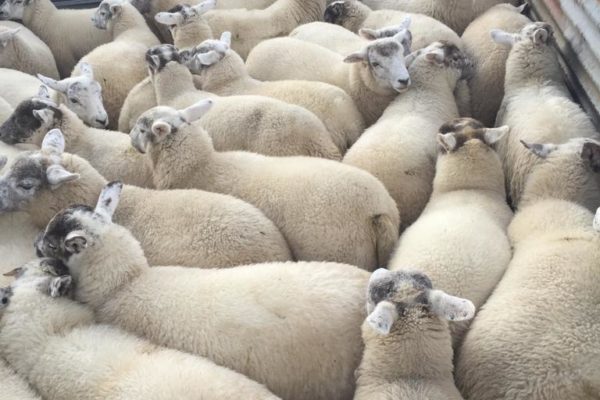Bolusing Versus Drenching For Ewes
8 September 2020Boluses or drenches both have their merits for supplementing ewes with trace elements at key times of the production cycle (pre-tupping and pre-lambing), but is one better than the other? Both are labour intensive but ensure that every animal has received its dose, as opposed to relying on ewes getting their correct allocation from buckets, feed blocks or free access minerals.

There is a great deal of variation between products on the market and what trace elements and vitamins are included, but generally a bolus will contain only certain trace elements (rarely manganese or zinc), whereas there are broad spectrum drenches available which will include all essential trace elements, as well as vitamins. Copper is usually available as an option with both types of product and some boluses do contain vitamins, but many do not.
Therefore, before deciding on what method of supplementation to use, it is worth finding out what deficiencies are present on your farm and in your ewes. Blood testing in conjunction with forage mineral analysis is a useful starting point. Liver samples can also be taken to assess copper status more accurately and whether the ewes would benefit from additional copper. Take veterinary advice on this matter. Blood sampling should take place at least 6 to 8 weeks prior to tupping so that there is sufficient time to administer corrective supplementation to have a beneficial effect.
There is no point over supplementing with trace elements as providing excess to requirements is wasteful, with excess minerals passing straight through the gut and out the back end. Some drench products may contain a proportion of trace element from a chelated, or more bioavailable source. In this form, there is better absorption, allowing the trace element to be stored in the body but the length of storage time is questionable.
Cost varies greatly depending on the product and what it contains. Generally, a drench is cheaper than a bolus, but the length of coverage with a bolus will be significantly longer. While a drench provides a concentrated boost of trace elements it will provide cover for a much shorter period. Boluses provide their nutrients on a slow release basis, designed to degrade at a consistent rate over a period anywhere from five months up to a year. Typically drenches for ewes are recommended both pre-tupping and pre-lambing. However, a bolus administered pre-tupping will likely cover ewes with trace element release over the lambing period as well.
Trace elements such as cobalt and iodine from inorganic sources, e.g. cobalt carbonate and calcium iodide, cannot be stored in the body and so a continuous supply should be available. For this reason, if cobalt or iodine deficiency has been diagnosed in a flock then a bolus is likely to be a more effective way of correcting the deficiency.
Whether administering a bolus or a drench, there is the risk of damage to the ewe’s mouth/oesophagus if the technique is not correct, and these products should only be administered by competent stock people. Ensure dosing equipment is in good order with no sharp edges and not bent out of shape. Good handling facilities are essential so that ewes are properly restrained and that they are held in the correct position. Sufficient time must be dedicated to the task to prevent operator fatigue or unjustified hurrying of administration and increased risk of injury.
Lorna MacPherson, lorna.macpherson@sac.co.uk
Sign up to the FAS newsletter
Receive updates on news, events and publications from Scotland’s Farm Advisory Service
